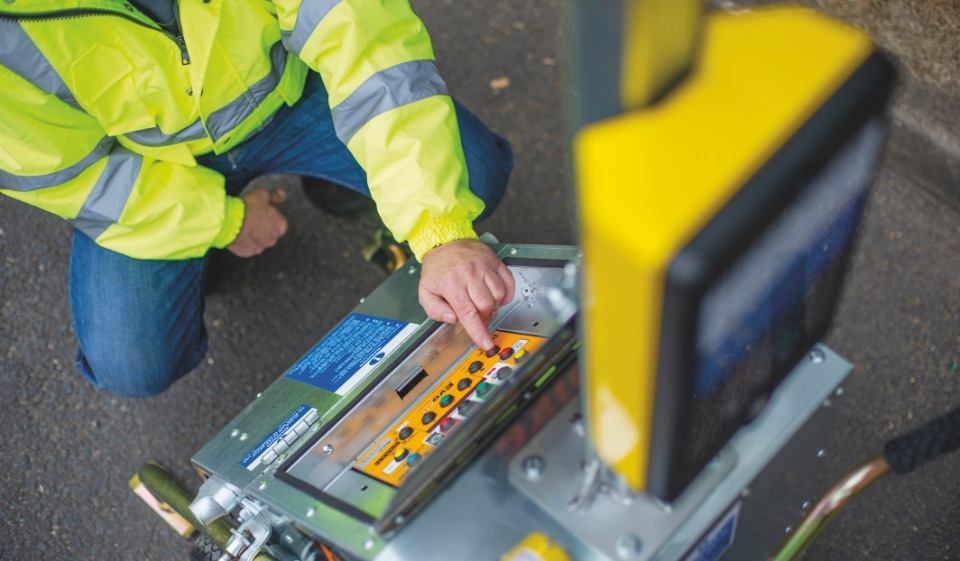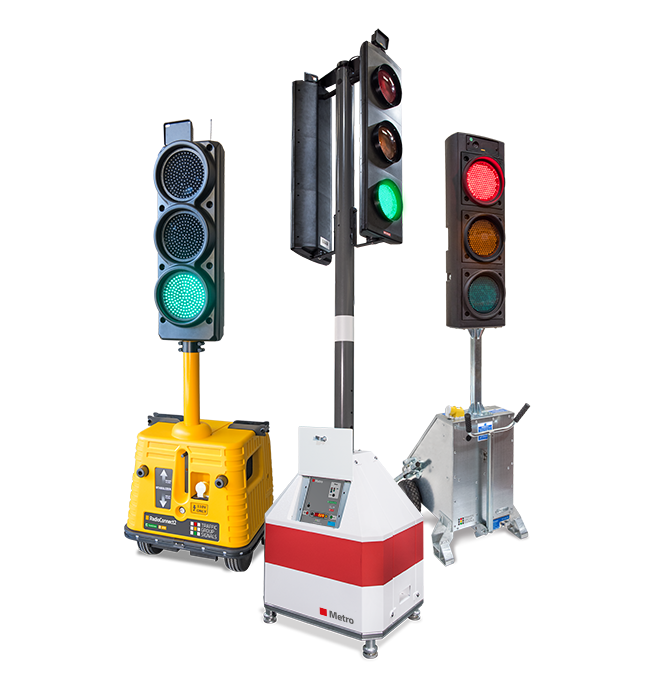The radio spectrum is filling up fast, meaning portable traffic signals have to communicate with each other in an increasingly congested environment.
Spectrum congestion is particularly prevalent in metropolitan areas where portable traffic signals, bank and utility telematics all share the same unlicensed radio channels. Construction sites are a particularly significant contributor to the problem since the use of high powered two-way radios was permitted in 2018. When communication between signals becomes difficult or fails, the impact to traffic and surrounding infrastructure can be severe.
Active Channel Management, or ACM, delivers reliable radio performance for portable and temporary traffic signals operating in challenging environments.




